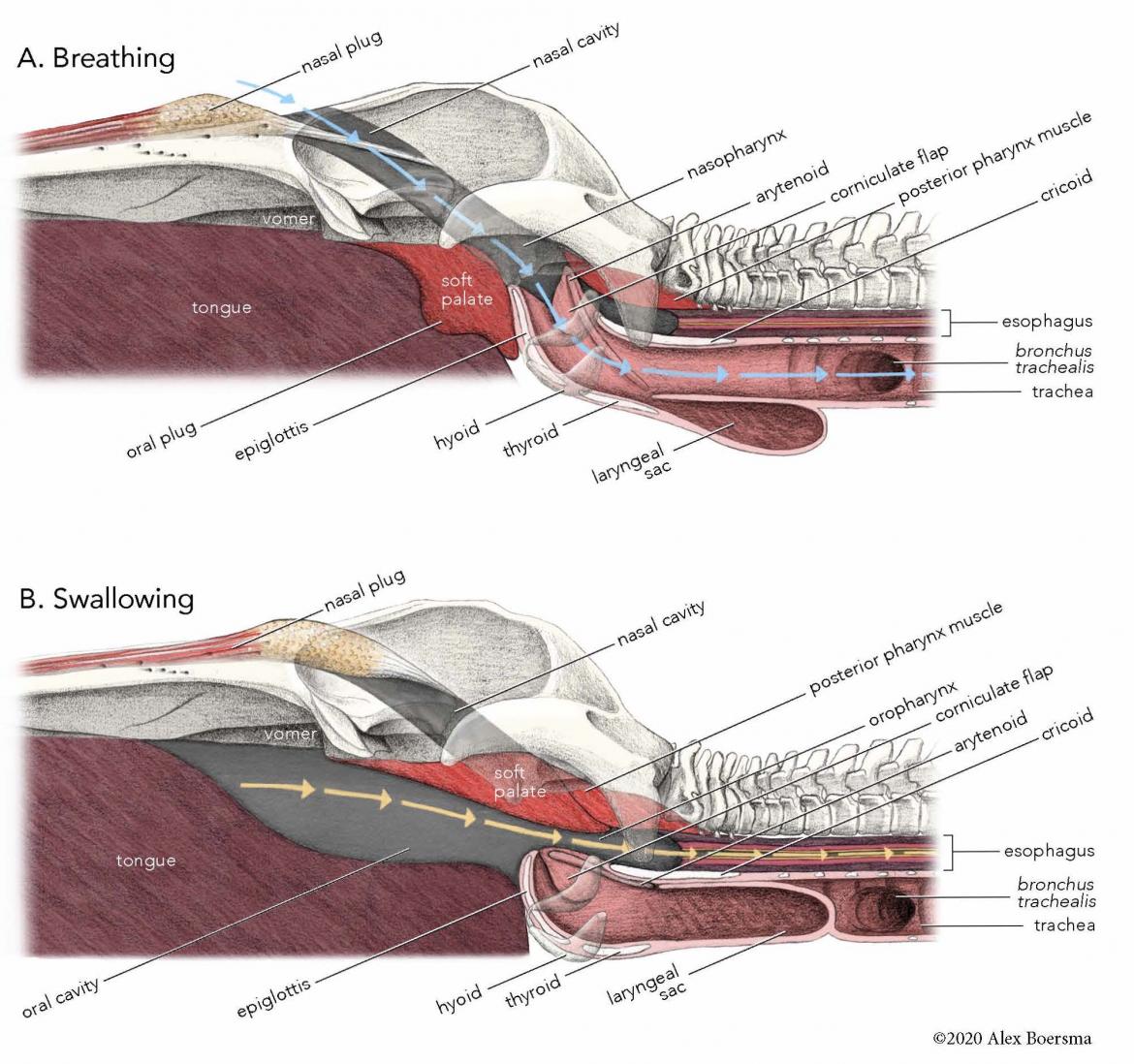
Press
NewWestminster Record, Feb 9, 2022: Why whales don’t drown when they eat underwater
Treehugger, Feb 8, 2022 - Why Whales Don't Drown When They Eat
Inverse, Jan 24, 2022: Scientists finally discovered how whales eat without drowning
Nature World News, Jan 22, 2022 - Scientists Reveal How Whales Escape Drowning When They Consume Food Underwater
Quirks and Quarks, Jan 21, 2022: Whale researchers do anatomy with heavy machinery to understand why whales don't choke on their food
Cosmos, Jan 21, 2022 - Why don’t whales drown when they eat?
9News, Jan 21, 2022: Here's Why Whales Don't Choke When They Take in a Bus-Full of Water While Eating
The Science Times. Jan 21, 2022 - Trapdoor’ Help Fin Whales Lunge Through the Water with Mouth Wide Open Without Choking, Drowning
The New York TImes, Jan 20, 2022: Why Whales Don't Choke
Daily Mail, Jan 20, 2022 - How whales gulp down food underwater without drowning
UBC News, Jan 20, 2022: Here’s why whales don’t drown when they gulp down food underwater
______________
Summary
Separation of respiratory and digestive tracts in the mammalian pharynx is critical for survival. Food must be kept out of the respiratory tract, and air must be directed into the respiratory tract when breathing.1
Cetaceans have the additional problem of feeding while underwater. Lunge-feeding baleen whales (rorquals) open the mouth while swimming at high speeds to engulf a volume of prey-laden water as large as their own body2
and experience tremendous forces as water floods the mouth. How the respiratory tract is protected in the pharynx during engulfment and while swallowing a massive slurry of tiny living prey remains unknown, despite its importance to survival. By dissecting adult and fetal fin whales, we determined that a large musculo-fatty structure passively seals the oropharyngeal channel. This “oral plug” is not observed in other animals, and its position indicates it must be shifted to allow swallowing; it is a part of the soft palate and can only shift posteriorly and dorsally. Elevation of the oral plug allows food transfer to the pharynx and protects the upper airways from food entry. The laryngeal inlet in the floor of the pharynx is sealed by laryngeal cartilages, and the muscular laryngeal sac moves upward into the laryngeal cavity, completely occluding the airway. The pharynx is dedicated to the digestive tract during swallowing, with no connection between upper and lower airways. These adaptations to facilitate swallowing were a critical development in the evolution of large body size in these, the largest animals on earth.